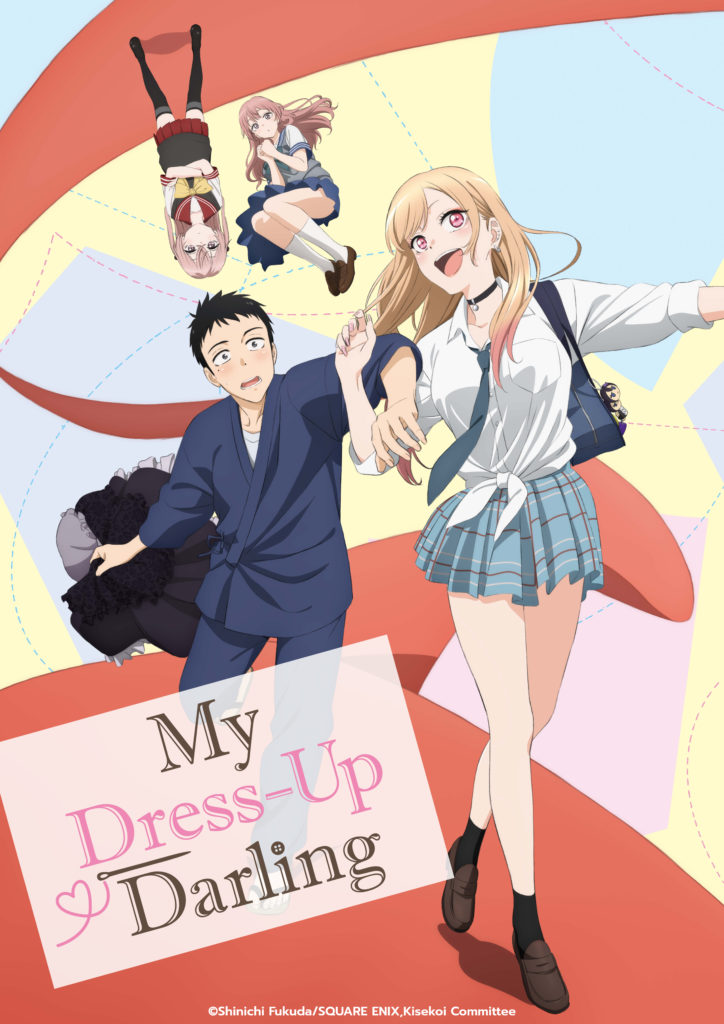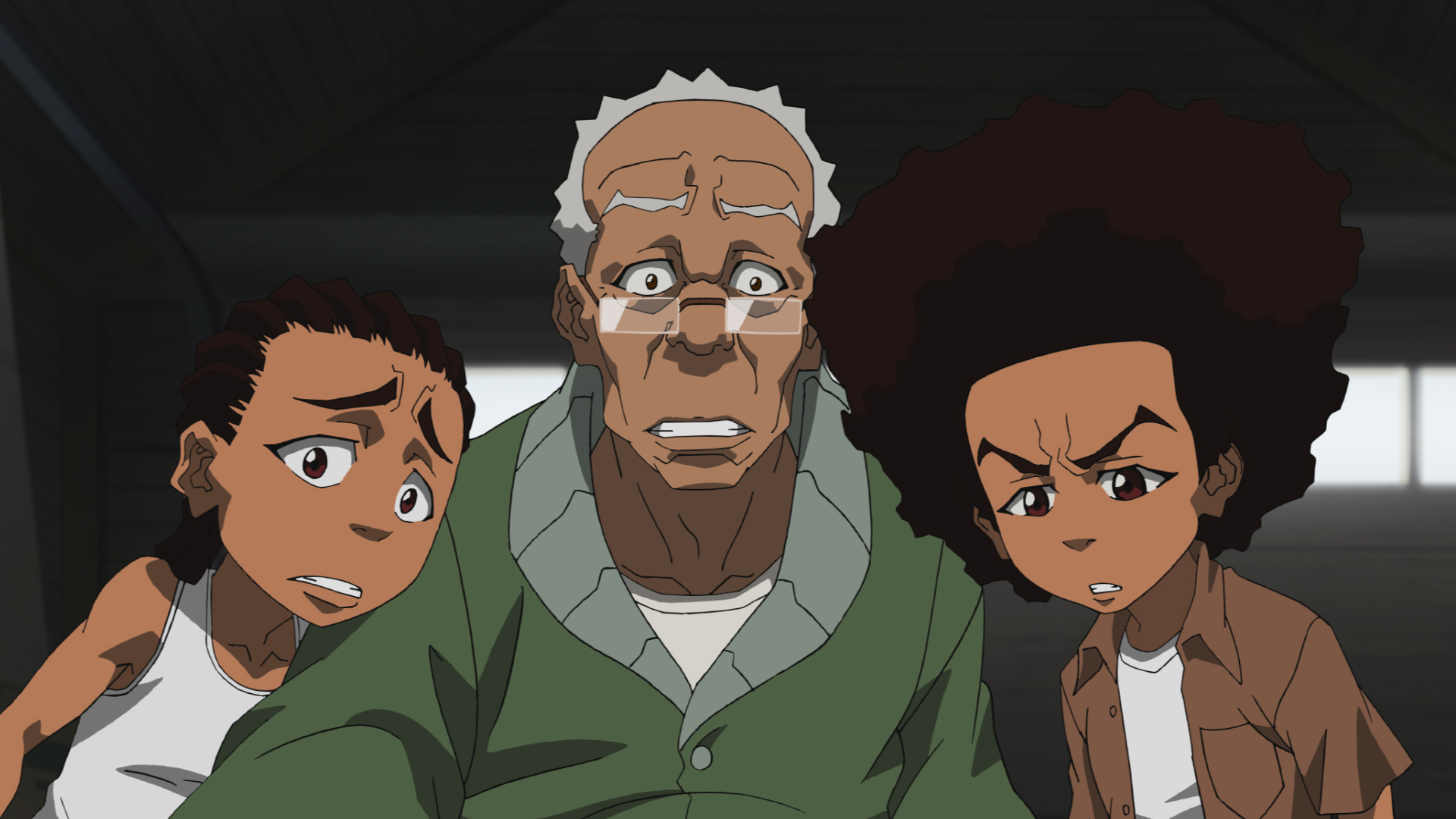English Dub Season Review: KOWLOON GENERIC ROMANCE Season One
Based on the Japanese manga series by Jun Mayuzuki, the story primarily follows Reiko Kujirai, a 32-year-old real estate agent living and working in the nostalgic yet decaying Second Kowloon Walled City, a place full of flickering lights, crowded alleys, and a strangely endearing charm. Reiko spends her days alongside her younger coworker, Hajime Kudou, and over time, her quiet affection for him begins to deepen. Despite their differences, the two share a warm, if unspoken, bond shaped by their surroundings. But when Kudou, in a drowsy haze, suddenly kisses Reikoonly to claim afterward that he mistook her for someone else, everything begins to unravel. Reiko soon discovers a photo of Kudou and his former fiancée, a woman who looks exactly like her, and from that moment on, she’s forced to confront a chilling realization: she has no memory of her past. As buried truths surface, Reiko is pulled into a quiet, surreal mystery rooted in forgotten love, fractured identity, and the haunting familiarity of a city suspended between reality and dream.
On the technical side, this anime adaptation was produced by Arvo Animation and directed by Yoshiaki Iwasaki, with series composition and episode screenplays by Jin Tanaka, character designs by Yuka Shibata, art direction by Yūji Kaneko, and music composed by Ryōhei Sataka. The opening theme song is “Summertime Ghost,” was performed by Wednesday Campanella, while the ending theme song is “A Retronym for Love”, performed by Mekakushe.
Kowloon Generic Romance invites viewers into a simulated/reimagined version of Kowloon Walled City known as “2nd Kowloon,” which was once based on a historical landmark from Hong Kong that has been long gone since 1993. The story centers on Reiko, a pragmatic real estate agent tasked with marketing the rebuilt district’s apartments. Yet what begins as a straightforward sales job quickly becomes an odyssey of self-discovery: Reiko finds herself drawn into the lives of Kowloon’s residents, each haunted by gaps in their memories and yearning for a future unburdened by the past, while unraveling a mystery tied to a co-worker she has a crush on named Kudo.
The heart of the series lies in its cast of adult characters, each with their struggles and secrets. Reiko’s growing feelings for her colleague Hajime Kudo and the eerie resemblance she shares with his former fiancée add layers of emotional complexity. The show dedicates episodes to individual characters, revealing their backstories and personal challenges while slowly piecing together the larger mystery surrounding Kowloon’s past. Though the pacing sometimes feels rushed near the end, particularly in wrapping up multiple storylines, the character-driven narrative remains engaging throughout.
The rest of the show’s plot attempts to amalgamate romance, mystery, and sci-fi elements, such as memory loss and advanced technology that questions the nature of identity. while raising intriguing questions about how much of who we are depends on our memories and how clinging to nostalgia can cloud the present. While some subplots and explanations remain ambiguous or underdeveloped, this ambiguity adds to the show’s haunting atmosphere, inviting viewers to reflect on the bittersweet tension between past and present.
Visually, the anime’s aesthetic direction is one of its strongest assets. The colorful 90s-inspired art style, subdued color palette, and attention to architectural detail create a warm, dreamlike vision of a city stuck between eras. This nostalgic filter enhances the themes of memory and longing, making every street, office, and meal stall feel intimate and important. The animation, while charming, occasionally suffers from stiff movements or awkward angles, particularly during dialogue-heavy scenes. Yet, those stylistic shortcomings are balanced by strong art direction and meaningful symbolism throughout. The music complements the visuals perfectly, ranging from wistful piano melodies to atmospheric background tracks that capture the melancholy of 2nd Kowloon. It’s not always flashy, but it nails the emotional undercurrent that defines the series.
Overall, Kowloon Generic Romance is a thoughtful, slow-burning series that values introspection over action and ambience over exposition. It tells a deeply personal story about memory, longing, and what it means to find yourself when everything around you feels borrowed or artificial. While it may not satisfy every viewer due to its ambiguous answers and uneven pacing near the end, it stands out as a unique experience, especially for fans of mystery and romance with a more mature, philosophical bent. The retro visuals and grounded adult cast give it a distinct charm, and even with its imperfections, it succeeds in evoking a powerful sense of place and emotional honesty. Whether you see it as a hidden gem or a missed opportunity may depend on your tolerance for open-ended storytelling, but there’s no denying that Kowloon Generic Romance leaves a distinct impression. One wrapped in cigarette smoke, quiet longing, and the humming of a city that’s now a distant memory…

























"There are also other characters that come and go (also owned by the Warner Bros. Discovery conglomerate media company)."
Huh. Is that just referring to other characters from the show itself, or is this implying that the new season is going to have cameos from other WBD IPs